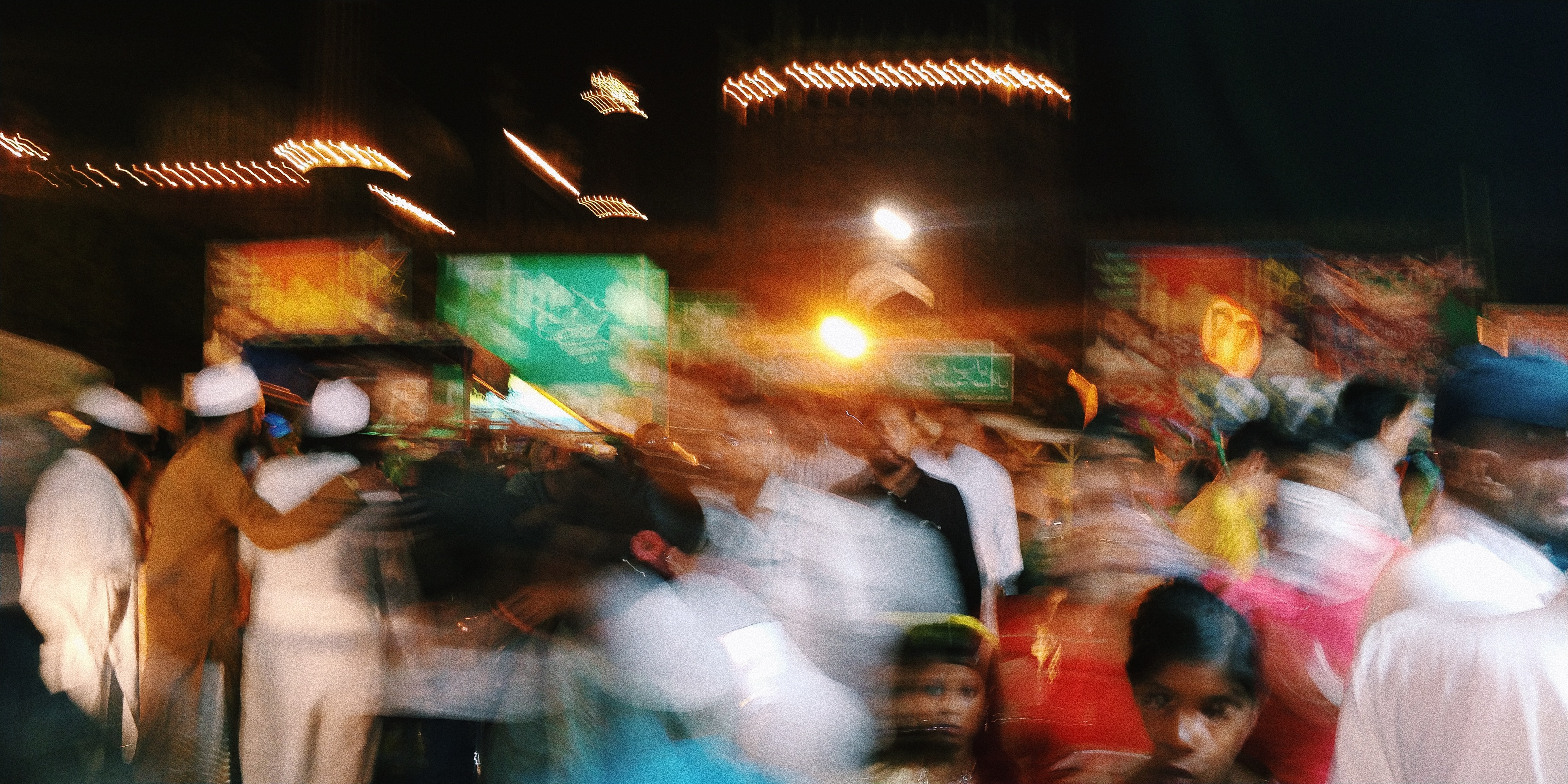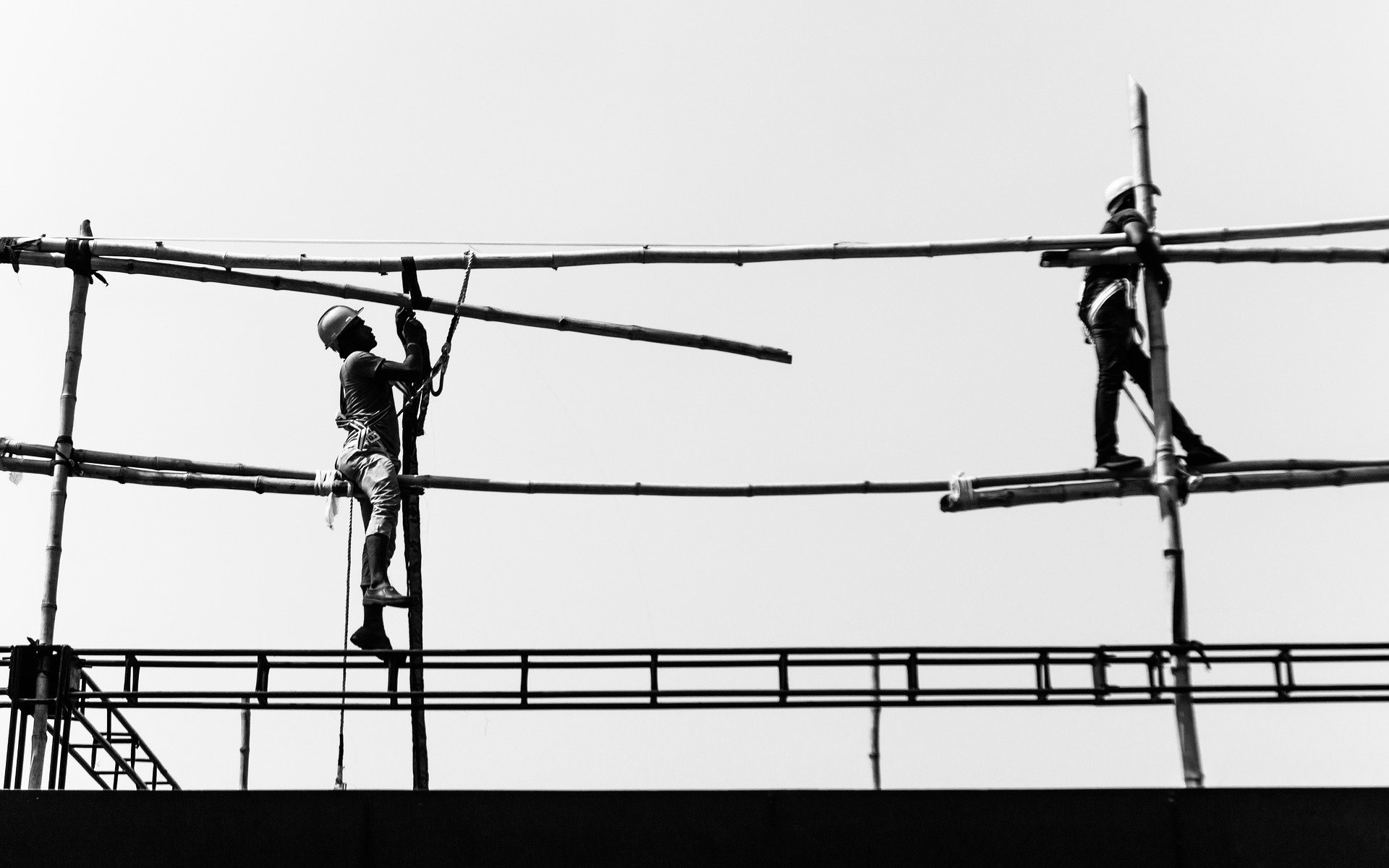As India slowly re-opens its economy following its emergency national measures to contain the spread of the novel coronavirus, Kalyani Raghunathan (International Food Policy Research Institute (IFPRI), New Delhi) and M Niaz Asadullah (University of Malaya, Malaysia) explain how India’s already high levels of gender inequality will deepen thanks to the pandemic.
India is slowly re-opening its US$2.7 trillion economy following two months of nationwide lockdown. The temporary shutdown of the world’s second-largest labour market to prevent the spread of COVID-19 has come with significant costs on multiple fronts. The unemployment rate stands at a staggering 23 per cent. Studies predict a rise in headcount poverty of more than 12 million. Food insecurity is on the rise, and the public healthcare system is being seriously disrupted.
For the country’s 600 million women, the impacts could be long-lasting. Without corrective measures to protect female workers, women’s food security, and reproductive health, the pandemic will further entrench existing economic inequality.
Even before the pandemic, India had some of the worst gender statistics in the developing world. The female labour force participation rate is only 25 per cent. And among India’s working women 90 per cent are engaged in informal employment — unpaid or irregular work — in the formal and informal sectors. The hardest hit formal sectors during the pandemic include retail, hospitality and the service industry, which employ a large share of women. Many workers in these sectors are at risk of a permanent exit from the labour market, or of being forced into more vulnerable jobs.
The return of male migrant labourers from towns and cities also means a further reduction in economic opportunities for rural women. This includes both private agricultural jobs and social protection schemes such as the Mahatma Gandhi National Rural Employment Guarantee Act (MGNREGA). This will lead to greater income poverty among women and a sharp fall in their command over market income — both key predictors of household wellbeing and food security.
Food and nutrition insecurities worsen during economic crises. But gender inequality also deepens. Cultural traditions dictate that women are the first to experience hunger when resources are in short supply — even in normal times, Indian women consume nutrient-rich foods less frequently than men. Short-term malnutrition can lead to permanent exclusion from the labour market and government workfare schemes, contributing to a new cycle of poverty among working-class women.
Beyond reduced food consumption, the pandemic will widen gender inequalities in access to healthcare. According to government data, 55 per cent of women report not using public health services, and only one-third of households have at least one member covered under health insurance. This also exhibits a clear gender bias — evidence shows that parents invest first and to a greater degree in boys than in girls.
COVID-19 is also disrupting contraceptive supply chains. The ban on exporting progesterone and the halt in producing IUDs in India is further restricting the already limited access to birth control. This means a rise in unwanted pregnancies and sexually transmitted diseases in post-pandemic months. The experience of the Ebola and the Zika virus outbreaks showed that the health consequences of such disruption falls disproportionately on women — as they lost control over their sexual and reproductive lives, maternal mortality rose sharply.
A third of married women in India report experiencing spousal physical, sexual or emotional violence. Loss of employment and close confinement under lockdown could lead to increased stress levels, especially among women. This could translate into higher incidences of gender-based domestic violence. And with higher rates of maternal stress and depression linked to child development outcomes, this could further exacerbate investments in child education, health and nutrition.
Several schemes that served as critical delivery platforms for women’s health and nutrition interventions have been suspended during the lockdown period. Recent survey reports show high unmet demand for reproductive and post-natal health and nutrition services. Under the Integrated Child Development Scheme (ICDS), the country’s 1.3 million Anganwadi centres that provide critical nutrition counselling and supplementary food to pregnant and lactating mothers have been closed since 24 March. Though several states are beginning doorstep delivery of supplementary nutrition, other services like immunisation remain suspended.
The need for social distancing is also disrupting self-help groups that are credited with improving women’s wellbeing and empowerment. With the lockdown in place, female members are at risk of being cut off from credit and information as they are unable to meet and mobilise funds. If and when these services move online, women are likely to be left out again — only 46 per cent of Indian women have mobile phone access.
Without policy reinforcement, COVID-19 will only deepen existing social and economic inequalities for Indian women. So, what should be done to help women as the Indian economy prepares to open further?
The first priority should be to restore pre-existing health services and social safety net schemes for women and adolescent girls. This includes home delivery of public supplementary nutrition services and nutrition counselling. Second, provisions that leverage women’s economic and social empowerment at the community level need to be put in place. Self-help groups and other women’s groups must be repurposed to create economic opportunities for women that also serve the needs of the pandemic. Third, gender-disaggregated data on employment and health impacts should be collected to help inform policy decisions.
Involving more women lawmakers in post-pandemic recovery plans is also vital. The southern state of Kerala, which has been lauded for successfully containing the virus with a combination of medical and humanitarian measures, has a female health minister. This may be no coincidence. Putting women in leadership positions in local government can ensure greater investment in public goods that serve women’s needs.
Globally, gender inequalities have always worsened during pandemics. For India to avoid this fate, it must leverage female agency and adopt more gender-inclusive policy planning and implementation to manage the COVID-19 pandemic.
This article was first published on the East Asia Forum on 8 July 2020.
This article gives the views of the authors, and not the position of the South Asia @ LSE blog, nor of the London School of Economics. Featured image: Women Sitting Near Fishes and Basins, Ishay Botbol, Pexels.








1 Comments